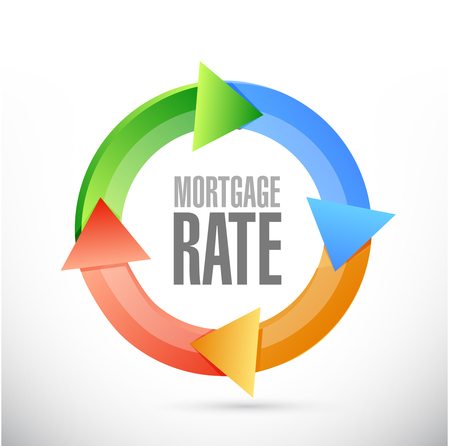 If you keep track of the ebb and flow of U.S. economic news, you might also be aware of how it relates to some things that happen here. Particularly in the way Parrish’s mortgage rates have been responding to the ups and downs of announcements from Washington, the cause and effect relationship has settled into a fairly predictable tango. Last week was no exception, with a dip from afar leading to some more good news here.
If you keep track of the ebb and flow of U.S. economic news, you might also be aware of how it relates to some things that happen here. Particularly in the way Parrish’s mortgage rates have been responding to the ups and downs of announcements from Washington, the cause and effect relationship has settled into a fairly predictable tango. Last week was no exception, with a dip from afar leading to some more good news here.
The less-than-buoyant news from Washington came in the form of what CNBC called a “weak” Gross Domestic Product reading for the second quarter. That news caused a drop in mortgage interest rates, which triggered an increase in home purchase applications (now 13% higher than a year ago) and a 10% increase in refinance activity from the previous week. Any time Parrish’s mortgage interest rates fall, it of course it spells opportunity for both buyers and sellers here: the asking price for a home in Parrish is one thing, but sooner or later, most prospective buyers get down to what the monthly cost of buying will be—and at current historically low interest rates, that number is often surprisingly affordable.
Why a drop in the U.S. GDP—which is certainly not a welcome news item—should result in good mortgage news in Parrish is due to a mix of elements. The Wall Street Journal provided a few hints. After noting that recent data releases (retail sales stalled in July; wholesale prices fell) caused Treasury note yields to briefly hit their “second lowest level in history,” they concluded that such news “suggests September and perhaps December rate hikes are less than likely.” Readers were on their own, left to grapple with why that should be. If previous history is a guide, they probably remembered that the Federal Reserve is afraid of weakening the economy by closing the taps on borrowing—which is what results from rate raises. Looked at another way (as economists always do), strong economic news spurs activity and borrowing, so lenders expect that higher rates won’t discourage loan applicants. When the opposite happens, only temptingly lower rates keep the borrowing cycle going.
Parrish rate-watchers didn’t have to wade through the WSJ financial analyses, though. Local Twitter addicts were invited to follow along as well. It turns out that the Mortgage Bankers Association tweets all the time. By late Friday, they were welcoming the weekend with such TGIF mortgage tidbits as, “average interest rate for 30-year fixed-rate mortgage drops to 3.65%.”
The bad news wasn’t really terrible; in fact, it was moderated by some healthier employment statistics. All in all, though, the effect of the rock-bottom mortgage interest rate news gives Parrish buyers and sellers a strong reason for optimism—as well as an excellent reason to get in touch with me!

